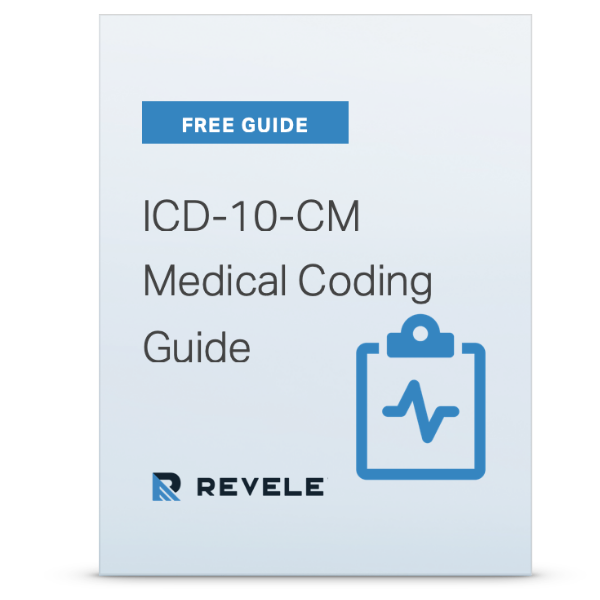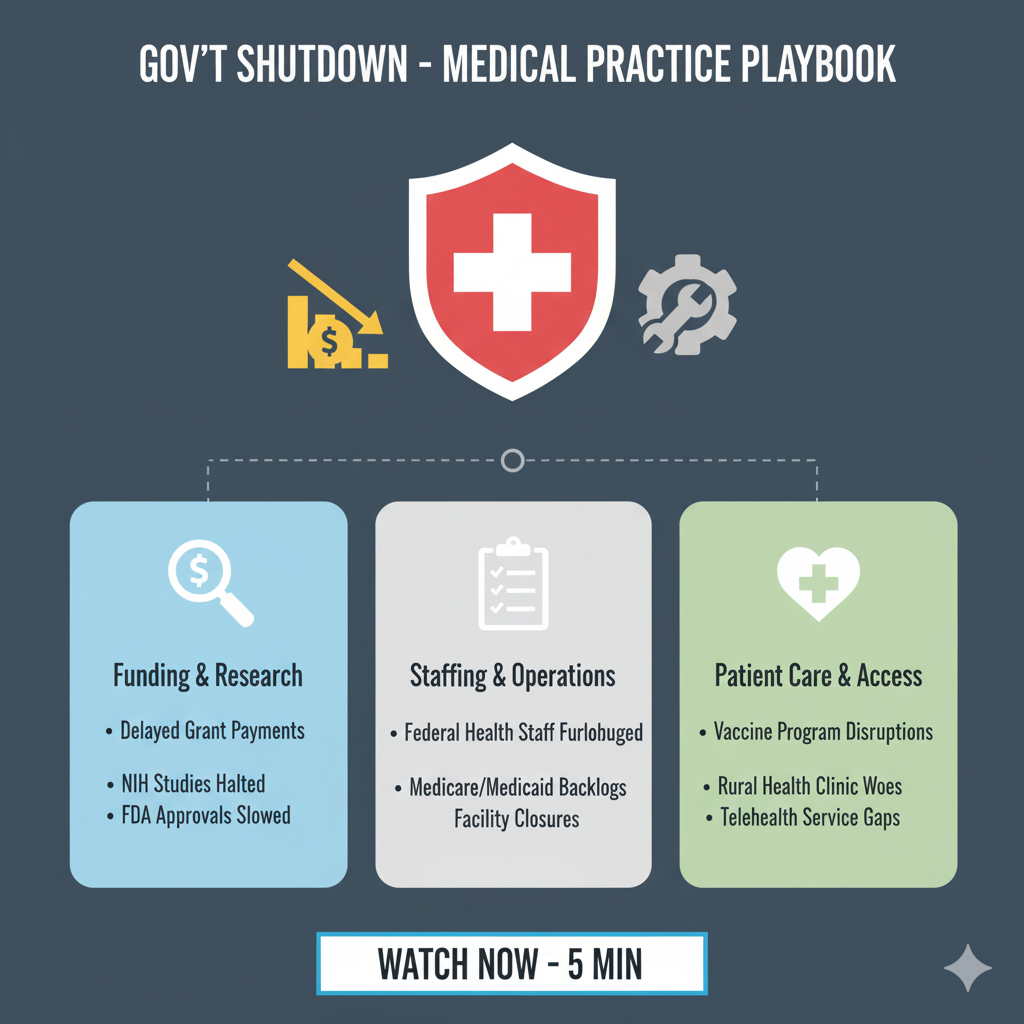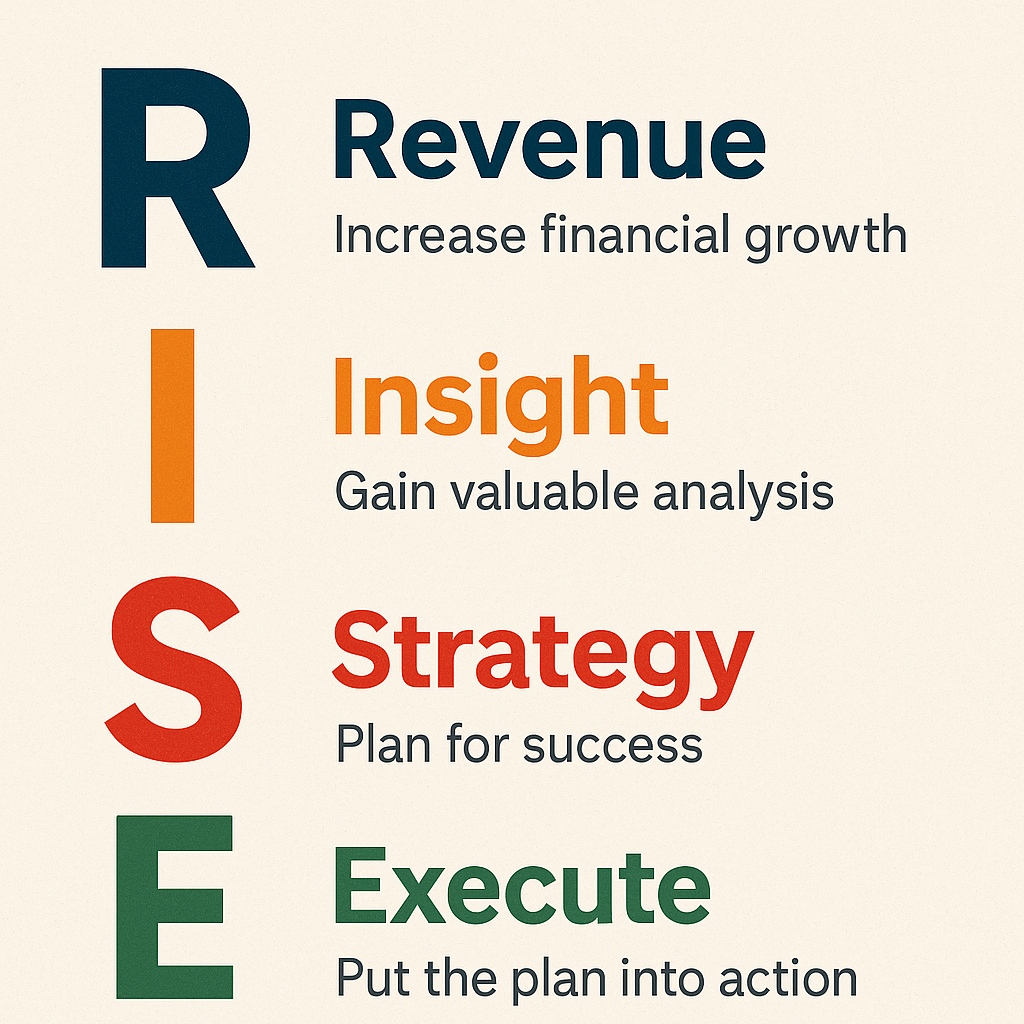The estimated no-show rate for medical practices is around 18%. That may not sound bad, but if you consider each missed visit prevents your practice from collecting an average $25 co-payment and $90 reimbursement from a health plan, one or two no-shows per day add up to tens of thousands of dollars in lost revenue every year.
Smaller practices in particular are hurt by no-shows. With a one-physician practice, a no-show may represent a 45-minute block of the physician's time that may be difficult or impossible to fill. That's why so many practices require 24 to 48 hours notice for cancellation - so they have a chance of making up lost revenue by scheduling another patient.
Practices That Have Higher No-Show Rates
No-shows have become a bigger problem as healthcare costs have risen. No-show rates also tend to be higher when the economy is struggling. The types of payers a practice deals with also affect no-show percentages.
For example, specialists whose services are not generally covered by insurance (such as infertility treatments in many states), and practices that see a lot of Medicaid patients, are particularly vulnerable to no-shows.
Since no-shows are more common among self-pay patients, practices that serve these patients may need to take steps to reduce the number of people who don't show up to appointments. Medicaid doesn't allow doctors to charge for missed appointments, and collecting a fee from self-pay patients who don't show up can be challenging. Some practices implement no-show fees where they can, however, both to discourage no-shows and help recoup some of the revenue lost because of them.
The Pros and Cons of No Show Fees
Healthcare practices are functioning businesses, and charging a no-show fee makes it clear that the services provided come with a cost. There are practices that implement no-show fees and find they hardly ever have to impose them because they've made it clear up front that missed appointments with insufficient notice cost the practice money.
With some third-party payers, practices can collect a patient's credit card information when booking appointments if they communicate the practice's no-show policy. Then, if the patient doesn't show up, the practice can collect the charges via credit card. Some practices are plagued by repeat no-show offenders, and implementing a fee can show them you know what's happening and prompt them to start showing up, or go elsewhere.
The downside is, of course, that repeat no-shows will often go elsewhere. And sometimes patients that leave due to a no-show fee are patients that had been lucrative. Another downside to charging a no-show fee is that it can cause resentment, and with social media, it's easy for patients to tell a large number of family and friends about their dissatisfaction.
Getting patients to actually pay up when they're charged a no-show fee can be challenging. The time and expense of chasing someone down for payment can end up costing more in effort and time than the no-show fee is worth. And sometimes there really are extenuating circumstances like a death in the family or a natural disaster. So practices must determine how flexible they're willing to be with no-show fees.
Other Ways to Reduce No-Shows
No-show fees aren't the only way to discourage no-shows, and it's usually better to have multiple methods in place to help ensure people show up. If you see a lot of acute care patients, making sure you have enough acute appointment slots in the everyday schedule can prevent no-shows who see another physician because they couldn't get into your practice soon enough.
Reminder services are available through many electronic health record (EHR) systems. These can remind patients by phone, email, or text, and have them confirm or reschedule their appointment through the same medium.
It's also important to engage patients by trying to find times that work well for them and emphasizing the importance of showing up. If people genuinely realize they're going to be missed, they're more likely to attend their appointments.
Could Your EHR System Help You Reduce No-Shows?
If your EHR system doesn't give you the option to send out appointment reminders you could be missing out on significant benefits. An EHR that lets you set up patient reminders through email, text, and phone can help cut down on no-shows, and do things like flag third parties that allow you to collect patient credit card information so you can charge for no-shows.
The same technology used in most EHRs that lets you remind patients of an appointment also lets you target a specific batch of patients for an automated message in relation to a yearly visit, cervical cancer screening, the Medicare Chronic Care Management program, pediatric well visit, etc.
Bringing these visits to the attention of your patients will not only improve the health of your patient database but also bring in a significant amount of revenue for your practice.
REVENUE CYCLE MANAGEMENT
Take the next step to elevate your RCM
We guarantee a 10% increase in your cash flow.








